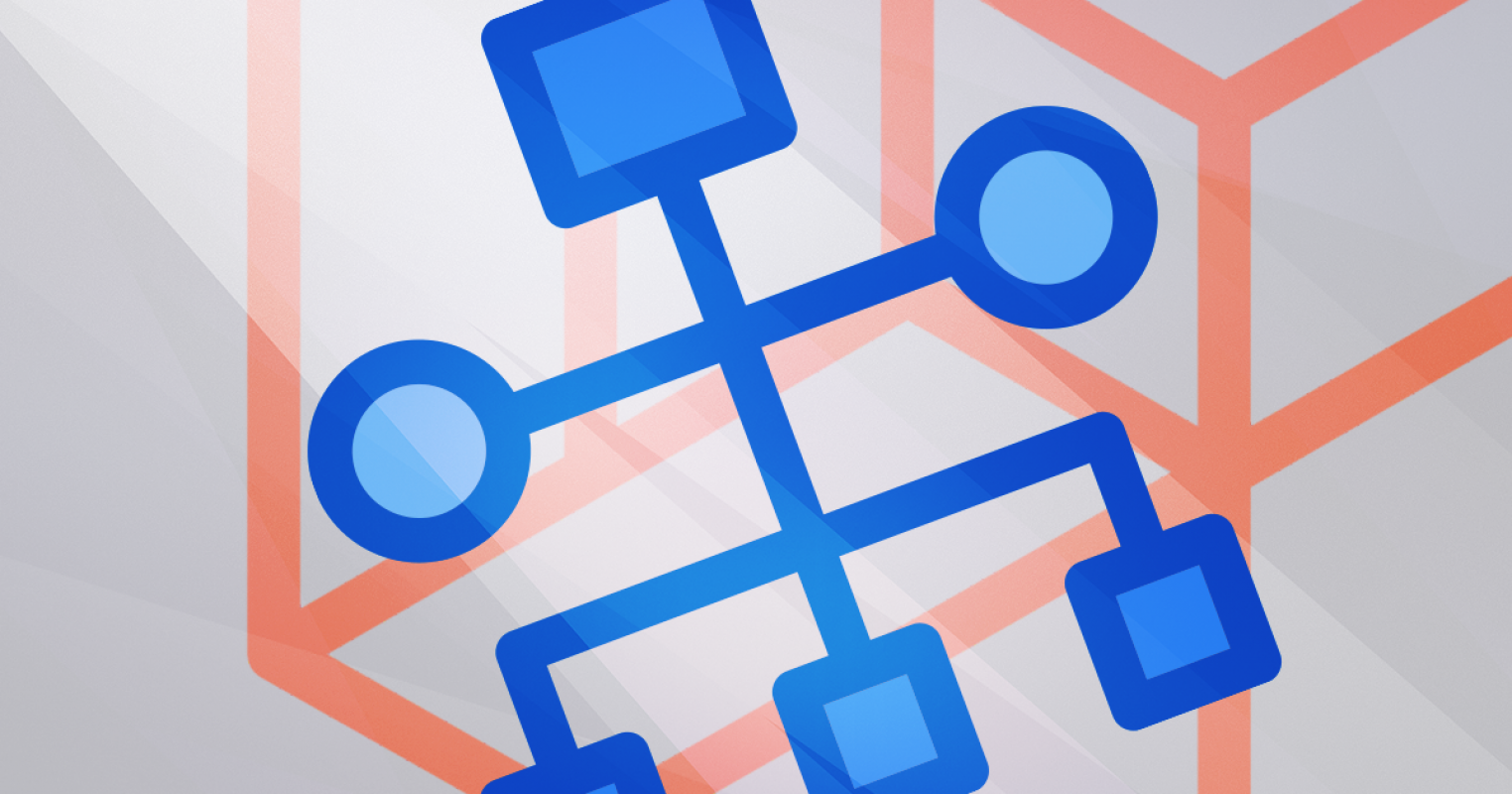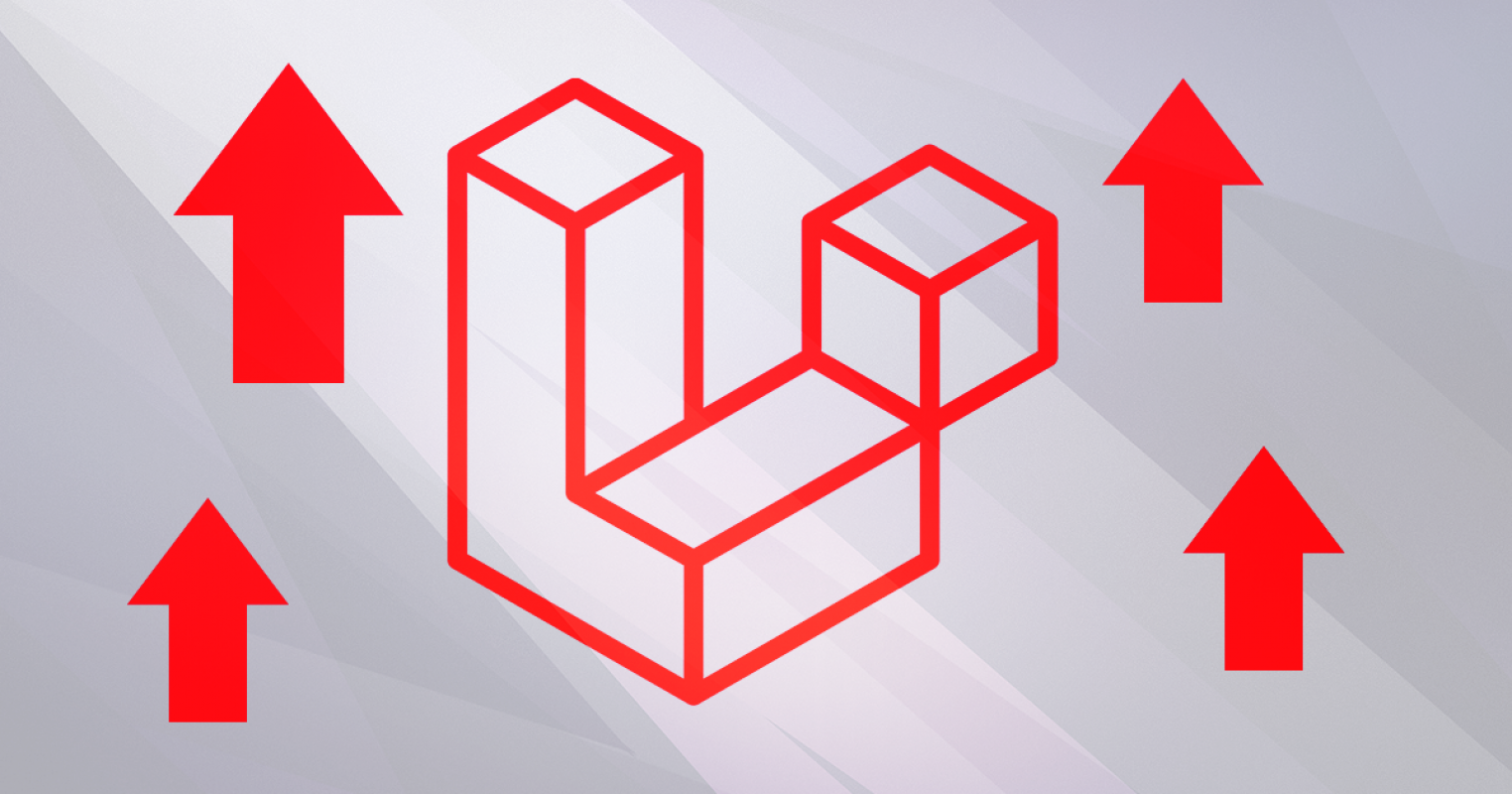
EDGE (Enhanced GPRS) is a data system which is used on GSM networks. EDGE provides three times faster speed than the GPRS system.
The maximum theoretical speed for EDGE is 473 kbps for 8 timeslots. This speed is typically limited to about 135 kbps in order to conserve spectrum resources.
The important thing is that both phone and network must support EDGE, because if they do not, the phone will revert automatically to GPRS.
EDGE meets the requirements of the 3G system but is usually classified as 2.75G and that is because it does not offer the true speed of a 3G network. EDGE is not faster than 56k dial up connection. 3G ,on the other hand, offers broadband speeds. EDGE has two multiple access technologies, FDMA and TDMA. FDMA (Frequency Division Multiple Access) which mean that users were assigned one frequency in one channel for voice or data usage.
Different band was given to this multiple access technology in order to prevent clashes with other types. TDMA (Time Division Multiple Access) is another technique which make users transmit their data over a single frequency, but with different time slots to each one.
References:
- GSMArena. EDGE (Enhanced Data for Global Evolution) link (accessed 12/3/2014).
- Every Iphone . (November 20, 2011) What is the difference between EDGE and 3G? Why does the original iPhone support EDGE and not 3G? link (accessed 12/3/2014).
- Tarun Agarwal. (May 5, 2014) Edge Technology – The Evolution of EDGE Mobile Technologies link (accessed 12/3/2014).
- Ian Poole. GSM EDGE Tutorial link (accessed 12/3/2014).
Note: This is an old article I wrote back in 2014


